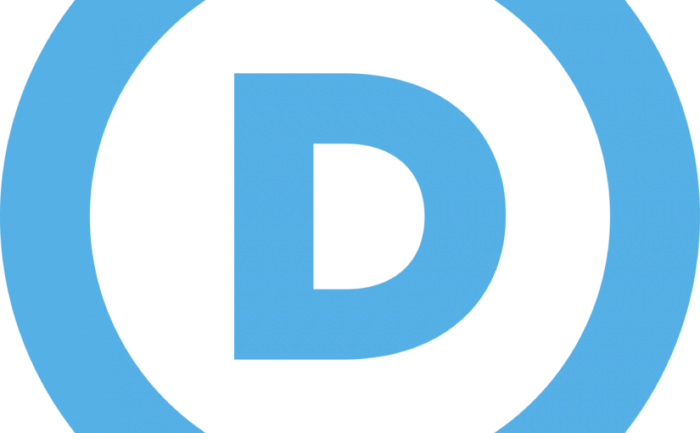Editor’s Note: Latino Rebels received the following opinion piece by Iris Martínez and Anthony Carrillo. Martínez is an Illinois state senator and Chairwoman of the Democratic National Committee Hispanic Caucus. Carrillo is the Chairman of the Young Democrats of America Hispanic Caucus.
Without any doubt, the Latino vote occupied a powerful presence in the 2016 elections.
The Latino community in the United States is composed of around 55.2 million people, which accounts for 17% of the U.S. population. Within those 55 million, around 27.3 million were eligible voters in the past election.
Two preliminary results from studies stemming from the 2016 elections are deserving of further analysis to determine the course of action that we must adopt moving forward. The first result indicates that Latinos voted overwhelmingly in favor of Secretary Hillary Clinton: 79% in contrast to the 18% that voted for Donald Trump (source: Latino Decisions). The second result indicates that Clinton obtained less support from the Latino community than President Obama in 2012. Why such a disconnect, but more importantly, where do we go from here?
Both results should raise alarms for our community, since there is little room to argue that no presidential candidate moving forward can occupy the White House with anything less than 35% of the Latino vote, and a Trump presidency will do little to prove that point wrong. Furthermore, these statistics illustrate that we have a long road ahead of us in regards to registering Latinos to vote, and more importantly, getting them to vote. According to these preliminary results, the percentage of civic participation has maintained a constant level since 2012, where less than half (48%) of eligible Latino voters exercised their voting rights.
Did Latinos vote in record numbers in 2016? Yes, will be in the 13-14m range. Is that number a huge % of eligible Latino voters in 2016? No.
— Julio Ricardo Varela (@julito77) November 12, 2016
There are many obstacles that face the Latino community moving forward, and only through strong unison will we break the bonds of the divisive rhetoric that threatens the cohesion of our community.
In light of this, we must implement a National Plan involving all 50 states that will allow the Latino community to increase Latino participation, as well as our political capital.
First, the new Democratic National Committee leadership should redirect its strategy from its current myopic focus on Washington, D.C., to a broader focus on the 50 states and their Latino communities. This requires investing less in marketing and propaganda, and more in “grassroots” campaigns that have direct contact with Latino communities nationwide.
Second, it is necessary that the DNC expands its view of the Latino community beyond numbers, but rather as key players in the fight for the implementation of a Democratic agenda.
Third, if the Latino community wants to fortify its political capital in Washington, it is necessary to create spaces to mold future Latino leaders that aspire to occupy local, state and national political posts. This is the only way to claim our rightful spot at the table, especially when it comes down to important decisions being made.
Fourth, if the Democratic National Committee has a commitment with our community, with only months left to elect the next Chair of the DNC, why not elect the first Latino or Latina Chair of the DNC?
These are a few of the goals that we should meet in order to assure that the Latino agenda will not be ignored, but rather be treated as a priority.
The Latino community has achieved and contributed so much to the U.S., but we are in need of a national plan that empowers our communities beyond Washington.
We need to promote an inclusive leadership that will not only allow the prosperity of our communities, but one that will also help recover ourselves from the unforgivable divisive rhetoric that will lamentably color the Washington agenda from here to 2020.



